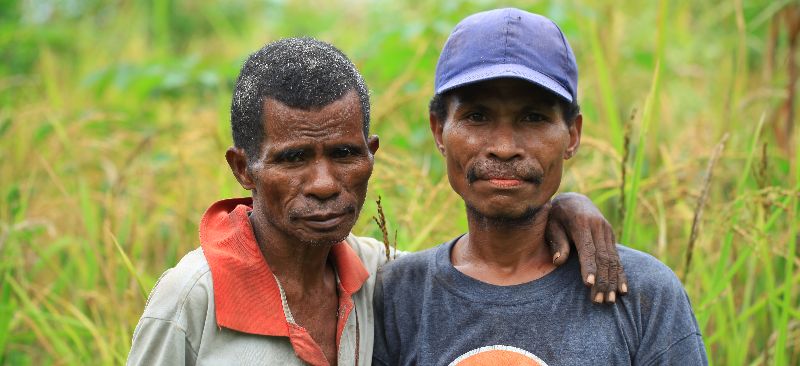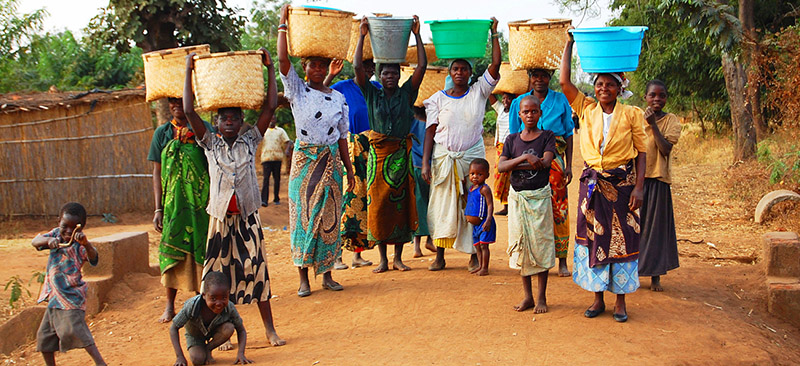MSC partnered with National Payments Corporation of India (NPCI) to support NPCI in their “Digital India” initiative and promote accessibility and usage of digital modes of payments across India. Shri. A P Hota (MD & CEO of National Payments Corporation of India) in an interview with Mr. Anil Kumar Gupta (Associate Director of MSC) shares the interest and initiatives by NPCI on customer literacy. In this the first of five video series they discuss:
1) Role of NPCI in promoting customer financial literacy?
2) How MicroSave has supported NPCI in this initiative on customer financial literacy?


